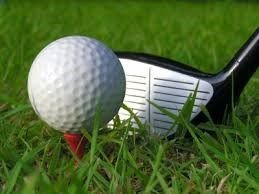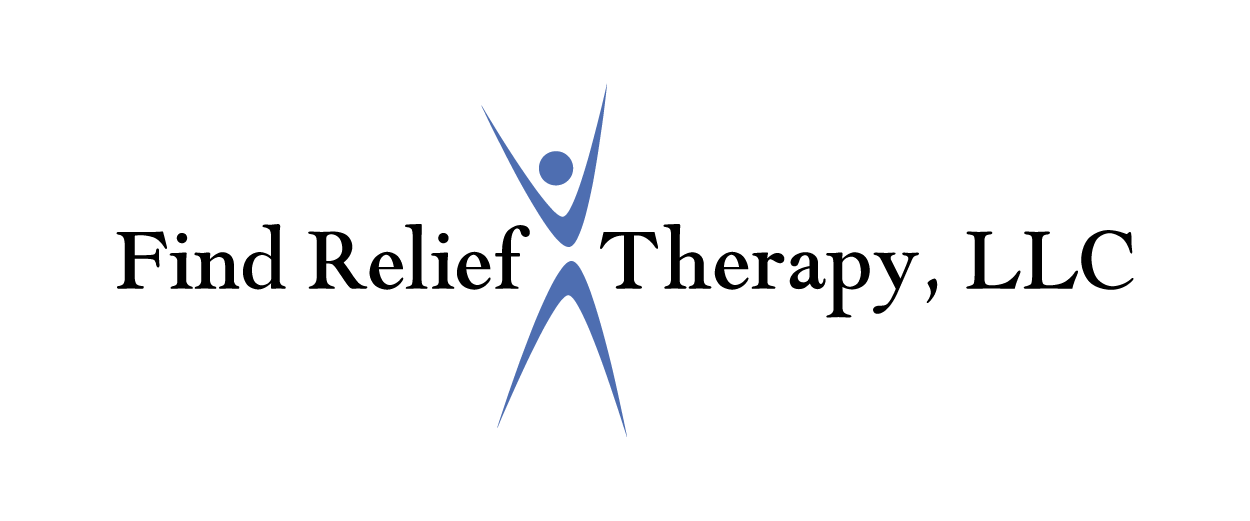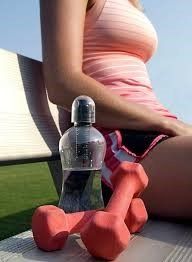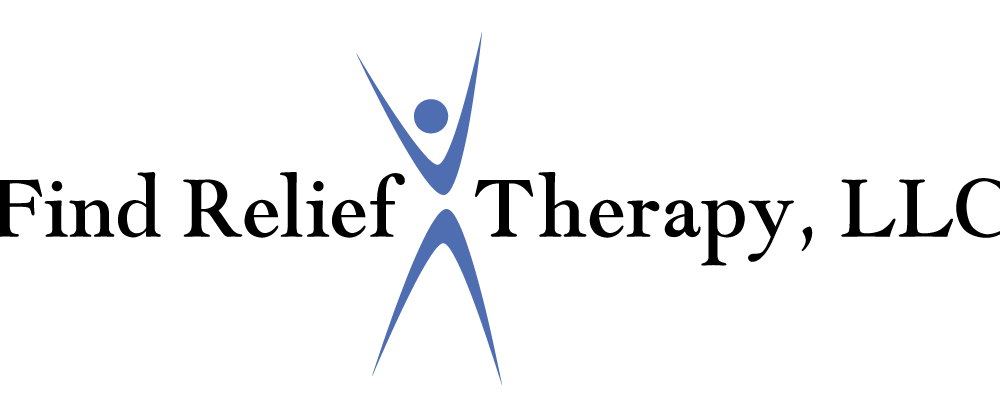Healing Your Core – An OT’s journey
My clients got better. But what did I get?
As an Occupational Therapist, I have always been focused on helping my clients achieve their goals as efficiently and safely as possible. To do this, I had to sit at the side of a low treatment table, twist my body to assist with a transfer in a tight space or spend hours on the floor with a child in therapeutic play. And my clients got better. But what did I get? A tight low back, stiff knees and a burning pain in my right trapezius.
OT was healing my patients and hurting me. I had always followed the basic tenants of “good posture” on the HR posters at work but that didn’t seem to be helping. The tension that had built up in my body from standing, walking, sitting and bending inefficiently brought on chronic pain, decreased joint mobility and was setting me up for a major injury in the not too distant future. My body and its ability to be strong and mobile was critical if I wanted to maintain a long and healthy OT career, not to mention raise a family. So what was the source of my problem?
My movements during all daily activities needed to come from my core, primarily the muscles and soft tissues connected to the pelvis and upper thighs. These muscles are large, strong and meant to withstand the strain of a 40+ hour work week, exercise, and daily self-care. When these muscles experience stress, overuse or misuse however, they begin to fatigue and the fibers tighten which restricts blood flow and decreases oxygen.
When muscles are deprived of oxygen, they shorten their
normal resting length, pull on joints, tilt the pelvis off its neutral axis,
make small muscle groups work harder and develop negative patterns of tension throughout
the body. To break this cycle and release the core so that it is free to move
and support the upper and lower body, one has to release the tension, retrain
the body to move from the core and build strength and endurance. But how to do
that?
The best way I have found to release chronic tension since I
started on a journey to heal my aching body is PUSH Therapy™. It is a
specialized muscular therapy that releases chronic passive tension and creates permanent
change in the body’s mobility and strength by using a specific manual treatment
and progressive training within the context of everyday activities.
The first step in PUSH Therapy is the use of Tension Release Treatment℠, a manual therapy that releases tight tissue, one layer at a time, restoring blood flow and oxygen and allowing muscle fibers to relax and lengthen. This therapy decreases the pull of tendons, ligament and shortened muscle fibers on the joints and allows the muscle to return to its natural resting length.
One cannot just receive treatment. There must also be a training
of the tension out of the body otherwise it builds back up again in a matter of
hours or days. PUSH Therapy Tension Release Training℠ is a revolutionary form
of training that first releases tension in the body and then builds strength
and endurance. The body learns how to rely on the larger hip, glute and thigh muscles
of the body to support the smaller ones, decreasing muscle tension, increasing
the mobility of joints and increasing accuracy and efficiency of daily movements.
You are training for mobility, not training for tension.
Once tension is released, you have to train the body to use
the core for movement. This means moving from your hips and legs, connecting
your upper and lower body to that support. PUSH Mobility Training℠ looks at
daily movement habits, including walking, standing, sitting, bending, lifting,
twisting, etc., and teaches how to move without putting tension into the body. Moving
from the core as you transfer from sitting to standing is more impactful to
your body’s mobility than 1000 sit-ups which do nothing but tense the lower
back and hips.
So how do you know if
you too have chronic tension? Ask yourself these questions:
- Do I have pain or stiffness
during or after sitting in one position for more than 30 minutes?
- Do I have to stretch in
an attempt to increase joint mobility?
- Do I wake up stiff and
painful in the morning?
- Do my back or knees hurt
after standing or sitting for a short length of time?
If you answered yes to any of these questions, then you are probably suffering from chronic tension and need to get your body soft and mobile as soon as possible.
When I started looking for answers to my pain, I found PUSH Therapy, studied it over the past 10 years, incorporated it into my daily life and now use it with my clients in my private OT practice. I teach others how to save their bodies from chronic tension breakdown while continuing to save mine in the process. With PUSH Therapy you can work all day without putting tension into your body and teach your clients to do the same.
To learn more about this treatment approach, please contact the author at https://www.findrelieftherapy.com/



